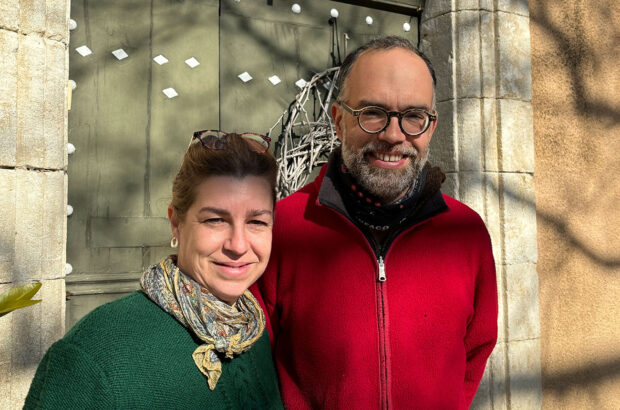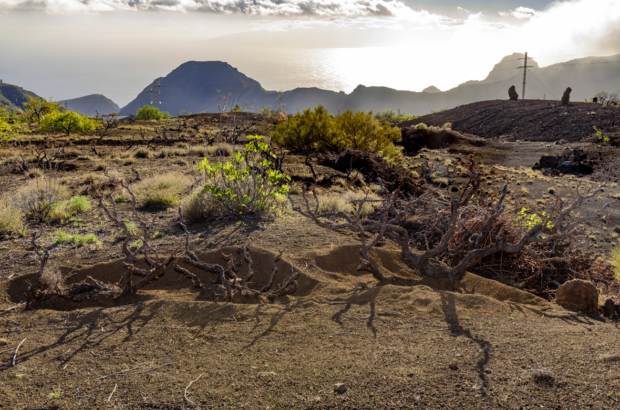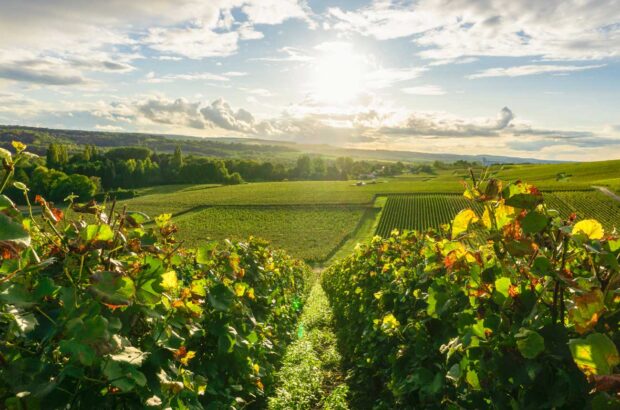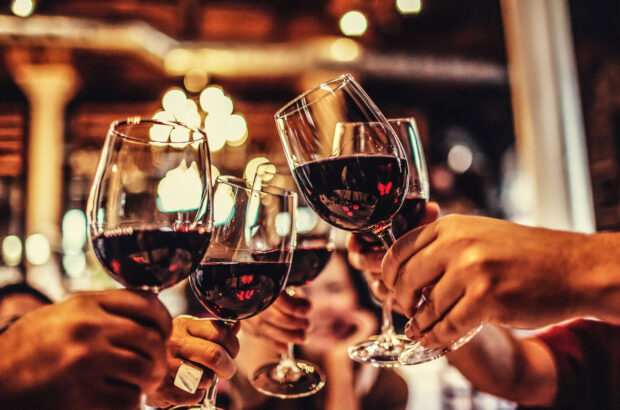At the risk of provoking absolutely no sympathy, there can be a pressure as a wine writer to feel you must be an instant expert on every region...
At the risk of provoking absolutely no sympathy, there can be a pressure as a wine writer to feel you must be an instant expert on every region; something that of course is not only impossible and unrealistic but also stops you from getting to the heart of anything at all.
I mention this because I’m just back from two weeks of travelling. The first week I spent in Chile, my first visit to a country whose wines I love but that I rarely get to enjoy (France, remember, sells less than 3% imported wines and even then rarely strays beyond big international brands). I went to Maipo, Maule and Puente Alto, spending time with the Rothschild and Guilisasti families and winemakers of Vina Almaviva and their other properties. They made excellent guides to the country and its wines but I am right at the beginning of learning about the wider picture that Chile has to offer.
This week in contrast I’ve been at the Decanter World Wine Awards judging week in London, tasting on the Bordeaux panel where it’s fair to say I feel pretty at home. The experience of having been out in Chile made me pay particular attention to how I taste Bordeaux, and took me back to how we all learn about wines we like in the first place. Personally, the best advice I have been given about how to get to know a wine region is to not go it alone. This is not the place for ego to take over.
As Denis Dubourdieu, 2016 Decanter Man of the Year, says, ‘Tasting is not discovering’. Or to put it another way, you have to know a bit about what you are tasting before you are able to properly make sense of it, and the best way to do that is to have in your head a model of what each region, sub-region or individual wine style can achieve at its best.
‘You need to taste with someone who can guide you,’ says Dubourdieu. ‘They can give you the language to describe what you are tasting, and the signposts of what to look for. To taste is to re-taste, by comparing what you have in the glass in front of you with what you know of the model of that style, and your own personal favourite examples’.
One of the best things about being at the Decanter World Wine Awards judgin week is that those guides are all around.
Each region and country has a panel of experts judging the entries, and to be sat on the panel means the judge already has his or her models – or benchmarks – for the relevant wine styles firmly established. For Chile, I knew exactly who I wanted to speak to; Peter Richards MW, panel chair for Chile and Brazil, author of Wines of Chile and Chile Wine Brief, and a man routinely described by both the South American and English press as being one of the world’s true experts to the country. In short, pretty hard to beat as a guide.
To explain what I was looking for, I gave a rundown of how I would do the same thing for Bordeaux. Let’s imagine someone is asking me to give a ten-point guide to understanding the key archetypes of Bordeaux. I would look to direct people to chateaux that are right at the top of what an individual appellation can achieve, and whose style embodies the different personalities drinkers are going to find on the Right or Left Bank, for a Margaux against a Pomerol or for an Entre deux Mers white against a Pessac Léognan.
In France at least, these styles will almost always come from a combination of geography and history (passing through vintage, politics and available technology). ‘It’s not a mystery why wine tastes as it does,’ says Dubourdieu. ‘There is cause and effect’. And it is often not the most legendary wines that provide the model. So I might not suggest Petrus as the model of great Pomerol, but the exuberant splendour of Trotanoy, ‘an archetype of the Pomerol plateau’ as Jean-Claude Berrouet puts it. And maybe not the sheer heights of Haut-Brion for Pessac Léognan, but the near-perfect balance of an Haut-Bailly. Anyway, you (and Peter Richards) get the picture.
‘As Chile doesn’t follow the appellation system in the same way as Bordeaux,’ he sensibly points out, ‘I have gone for benchmarks for the different wine styles – some established, some new. It’s easy to forget that Chile is still a country that is dominated by cabernet sauvignon and sauvignon blanc, (a 2014 industry report from the USDA Foreign Agricultural Service has cabernet sauvignon at 33% of total production and sauvignon blanc at 13.5%), but there are some brilliant things going on with carmanère, païs, cinsault and other varieties’.
‘And don’t forget politics plays its part in Chile. It became one of the most consolidated of all wine countries, except perhaps for South Africa, after Agrarian Reforms and the Pinochet years and the industry is still dominated by large producers. But right now it is undergoing a rebirth with more small and medium-sized wineries bottling under their own name, and a gradual move away from the trend for a highly oaked international styles that was dominant ten years ago’.
I saw this move clearly reflected with a vertical of Almaviva, where the last three vintages had noticeably suppler tannins and less dense oak to the cabernet-dominated fruit. But understanding even this clear evolution within the highly acclaimed wines of Almaviva only really started to slot into place when set against the model wines chosen by my trusty guide…
Peter Richards MW’s 10 benchmark Chilean Wines
Casa Marin Cipreses Sauvignon Blanc (from the hillside slopes of Vinedos Lo Abarca between the Pacific Ocean and the Coastal Mountain Range)
Cono Sur Reserva Riesling, Bio Bio (aromatic, unoaked from Bio Bio Valley close to southern limit of viticulture in Chile)
Errázuriz Aconcagua Costa Single Vineyard Chardonnay (from schist soils on coastal part of Aconcagua Valley)
De Martino Viejas Tinajas Cinsault, Itata (bush vines grown in southern part of Chile, fermented and aged in centenarian clay jars)
Ventisquero Heru Pinot Noir Casablanca (from a one hectare hillside in Casablanca)
Concha Y Toro Terrunyo Carmanere (grapes from Black 27, Peumo Vineyard, Cachapoal Valley, where clay helps the carmanere reach full ripeness)
Undurraga TH Cabernet Sauvignon, Alto Maipo (19 year old vines at 77 metres altitude from one of the cooler parts of the Maipo Valley at foothills of Andes Mountains, 40% new oak)
Lapostolle VIGNO, Maule (this Vignadores de Carignan project was launched in 2011 and produces beautiful old-vine, dry-farmed carignan from 16 producers. Lapostolle produces a focused, fresh style)
Casas del Bosque Pequeñas Producciones Syrah, Casablanca (Best in Show at Wines of Chile Awards 2015)
Erasmo Torontel, Maule (a late-harvest sweet wine from 60 year old vines in the Maule valley)
More Jane Anson columns:







